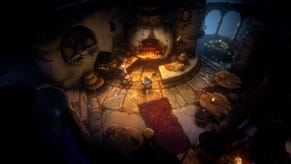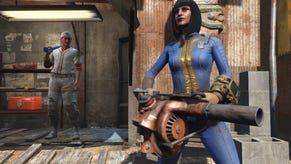Halo Wars 2 guide: tips for upgrades, Firebase, Leader Powers, Barracks, Jackrabbit and more

Halo Wars 2 guide: tips for upgrades, Firebase, Leader Powers, Barracks, Jackrabbit and more
Halo Wars 2 may be one of the most accessible RTS games ever. Being designed to - at the very least - be playable with a controller is part of the reason why, but it also means you’ll have an easier time understanding its main mechanics than you’d expect.
That said, if this is your first RTS, or your first in a long time - let’s face it, we haven’t seen that that style of RTS for years - then you’ll want to get a refresher course. A lot of what you may remember about how the genre typically works will help you here, but not everything will transfer over.
We’ve been playing the PC version, and being RTS fans ourselves, we found that there are certain design elements and unique quirks here that are not commonly seen in other games in the genre.
The tips to follow are essential in helping you nail down how Halo Wars 2 works on a fundamental level. Some may seem obvious, but are worth spelling out, just because some of the differences that will throw you off at first.
You can use these tips when playing skirmish, multiplayer, and the campaign missions that don’t limit you for story reasons.

Play the tutorial
There are three tutorials in Halo Wars 2. The first deals with basic unit movement and teaches you some handy keyboard shortcuts. If you played an RTS before, you probably don’t need to do this one, but it’s worth spending the ten or so minutes it takes to complete to get a Blitz card pack and some XP.
If this is your first RTS game, playing this tutorial is a must, especially since you’ll be introduced to concepts like "control groups," "waypoints," and other RTS vernacular.
The next one is where the game gives you control of a base, and exposes how base building, unit queuing and other integral parts of its core loop work. You don’t want to skip this one, as there are a few things Halo Wars 2 handles differently than say, Command & Conquer or StarCraft.
The third and final one is for Blitz mode, and like the previous two, gets you a free card pack and a bit of XP for your trouble. Blitz is relatively straightforward to get to grips with, so you’ll mostly just be learning the controls.

Build a Supply Pad and a Power Generator ASAP
Now that you know how RTS games work, it’s time to talk about some of the better ways to start your match off. First and foremost, you’re going to need to build a Supply Pad (or Harvester for the Banished) before doing anything else. Every single unit, ability, and building will require a certain amount of supplies to build, and you really don’t want to wait until you’re all out before you start worrying about this.
The next building you should construct is the Power Generator (or Power Extractor for the Banished). Some units require both supplies and power to be produced, and the same goes for certain buildings.
Supplies and power are the only two resources in Halo Wars 2. They’re both produced in a linear fashion and through buildings that don’t require any input or upkeep from you once they’re up, and they’re both necessary.
Once you have one of each, you can then move on to other structures that’ll actually produce units. You should also consider buying the upgrade for both structures. The Heavy Supply Pad upgrade is cheaper to get than a Power Generator upgrade, so do that first.

Scout, scout, and scout with mobile units like the Jackrabbit and Chopper
The Jackrabbit and the Chopper are fast, lightly-armoured units designed as scouts. Regardless of how ready you think you are, you should send one of those around the map to have a look around while buildings get constructed.
Everything that isn’t under your control will be covered in the fog of war, which is why you must physically take control of a scout unit and command it around to reveal what the fog of war is hiding.
The most obvious reason for doing this is to find out some of your opponents’ plans by surveying the type of buildings and units they focused on first. Scouting is also incredibly useful to learn if your enemies are building multiple bases outside their main ones, and how many they have.
Whatever your goal is, you must always send a very mobile unit around every couple of minutes to assess the situation and stay on top of the goings on. You should not engage any targets, no matter how tempting.
One other reason you want to be scouting is to locate strategic objectives that you can capture, which we’ll cover a bit more in the next point.

Capture Forerunner structures, supply and power crates
Hopefully you’ve now located a few Forerunner power relays (lightning bolt icons on the mini-map) in your scouting run. Any standard infantry unit will capture these, but be careful, you'll have to first fight the Sentinels protecting them. Once any of them is captured, they'll provide a decent stream of power as long as they’re yours, which is even more important in the mid-to-late game.
Outside of these Forerunner structures, there are a couple more items you should be aware of. You will notice that there are blue crates and yellow, battery-shaped cylinders lying around in some parts of the map. As you may have guessed, blue crates give you supplies and yellow cylinders give you power.
You can pick those up by sending any units to their location. They take time to get scooped up, and they don’t respawn once collected.
Finally, there are plenty of buildings all over every map that allow you to garrison infantry within. Garrisoning units in remote outposts - especially overlooking critical sections - can serve as an early warning for when your enemy makes a move. This is thanks to the line of sight advantage they provide, not to mention how safer your units will be inside.

Basic infantry are created from the Firebase, not the Barracks
This is a tip for those who played RTS games before and whom we guarantee will be perplexed by this during their first few hours. The basic infantry units (Marines and Grunts), come out of your Firebase, not the Barracks.
There are other types of advanced infantry units you need a Barracks for, but for the Jackrabbit, Chopper, as well as the Marines and Grunts, you’ll need nothing more than your main building to recruit them. There are even upgrades for these early units that can only be purchased at the Firebase.
It’s a bit of Halo Wars thing, and it probably makes sense from a balance standpoint, but it’s still weird.
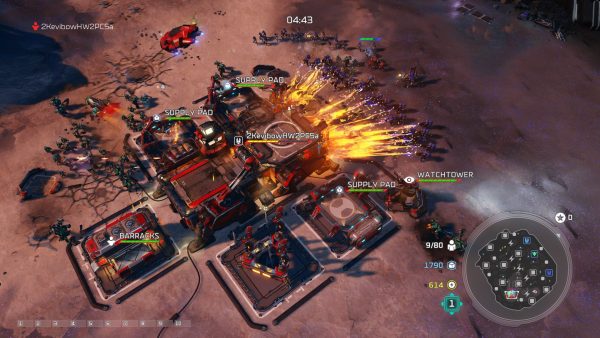
Branch out early and build other bases
As soon as you’ve placed your first Barracks, make sure to expand into other bases. All maps have empty lots you can build new bases on (square icons on the mini-map). They vary in size, and the smallest allow you to attach a single building to them – not counting the mini-base itself.
All you need to do to claim said lots is for them to be empty, and for you to have a line of sight on them. You can send a small squad to their location just so you can clear the fog of war and build your new base.
Spreading out your forces and production across a number of bases, means the enemy will have a harder time eliminating you, all eggs in one basket and all that. Halo Wars 2 makes this easy, too, because all bases share the same tech and resource pool.

Keep note of your base and factory levels
Each base has its own level, but your overall army level can be seen on the bottom right hand side, to the left of the mini-map. This level affects the types of buildings you will have access to. Keep in mind, though, that you will still need to upgrade each base separately to gain more building spaces.
Not every base you build later can be upgraded, but your home base always will be. Being able to raise the base level requires power.
Depending on the map, and how aggressive your opponent is, you may be forced to focus all your attention on your home base and one more at most. If you find yourself in that situation, remember to upgrade your base level regularly to expand the usable space.
If you can’t venture out, you may as well turtle up and be as powerful as you can.

Upgrades you buy are universal
Any upgrade you purchase at any of your production buildings like the Barracks, Garage, and Airpad, apply to your entire army. This goes for unit upgrades like improved armour and added abilities, as well as the actual building levels, which grant passive bonuses like extra health and so on.
Even if you lose all buildings of the same type (all Barracks, for instance), your upgrades will not revert.
With that in mind, you should only upgrade factory levels when you’re trying to unlock a higher unit or upgrade tier, not just because you have a surplus of power and supplies.
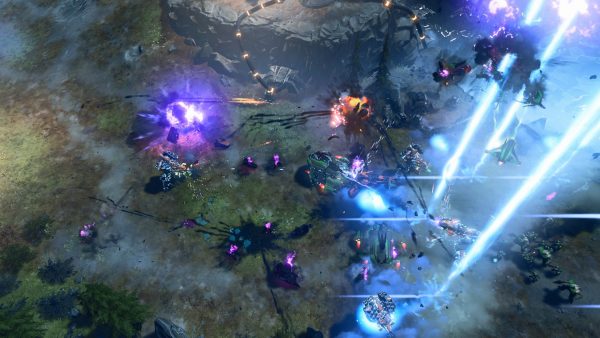
Power is your gateway to acquiring advanced tech
Assuming supplies aren’t an issue, your power production is going to be strained in the mid and late-game. This is for the simple fact that advanced units require a chunk of power to produce.
Some units you won't even have access to until you reach a certain power thresholds. This is how Halo Wars 2 uses power as a gating mechanic, keeping powerful tools of destruction out of your reach until you’re ready for them.
When you feel you have a decent defence force of Marines and other cheap units, focus on expanding your power supply by building more generators or upgrading existing ones. Ideally, you’ll have already established multiple bases by that point, so space should be no issue.
Basically: worry about supplies early and power later.
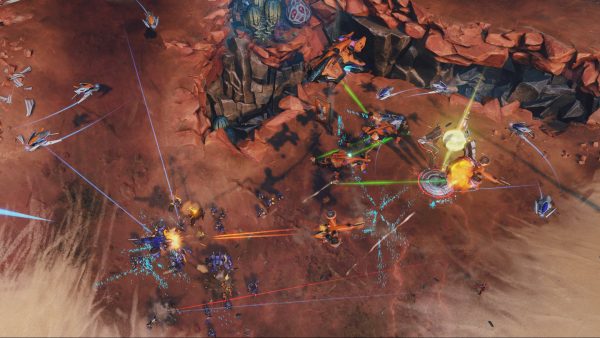
Get comfortable with the main keyboard shortcuts
This is a PC-only tip that may seem obvious, but is worth mentioning. Keyboard shortcuts open up a whole world of possibilities for you. Don’t play Halo Wars 2 using only the mouse - though it is possible, hitting buttons to quickly travel between bases and hot spots is a godsend.
Don’t get us wrong, this is no StarCraft! You won’t need to memorise 20 of these and combo them together like a pro or anything. Mostly, you'll need to create a couple of control groups and learn how to quickly switch your view to where the action is, whether that be at one of your bases, or out in the field.
The tutorial should help you with a couple of these, but you’ll have to explore the rest in the controls menu. Best of all, you can customise them to your liking if you aren't feeling the default options.

Understand Leader Powers and how to best spend your leader points
Leader Powers are sort of like kill or scorestreaks. By pressing 'F', you'll bring up the commander wheel, which allows you to spend your points on any of the available options. The skills you see in this wheel differ depending on which of the six heroes you’re playing as.
Because nothing else about the army changes, you’re going to have to decide before the game starts which hero you want to go in as, based on what you prefer from each of their available skills. Each leader also emphasises a certain playstyle, to make things interesting.
These abilities can either be passive, or active that you can call in to help you or devastate the enemy. They all have separate cooldowns, and require both supplies and power to call in, but they could be the deciding factor in your next skirmish - don't neglect them.
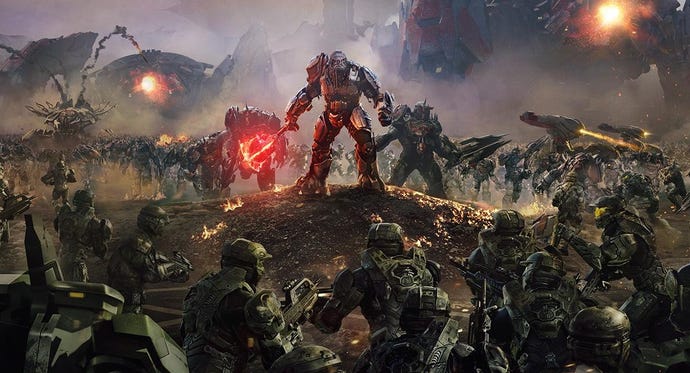

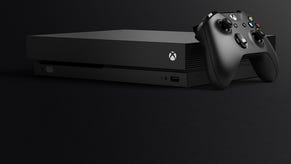
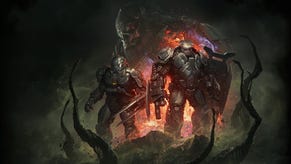

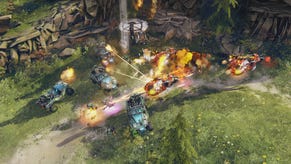

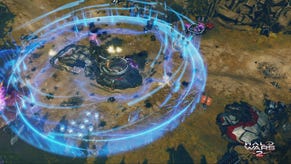
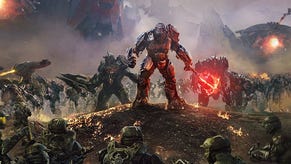
.png?width=291&height=164&fit=crop&quality=80&format=jpg&auto=webp)





